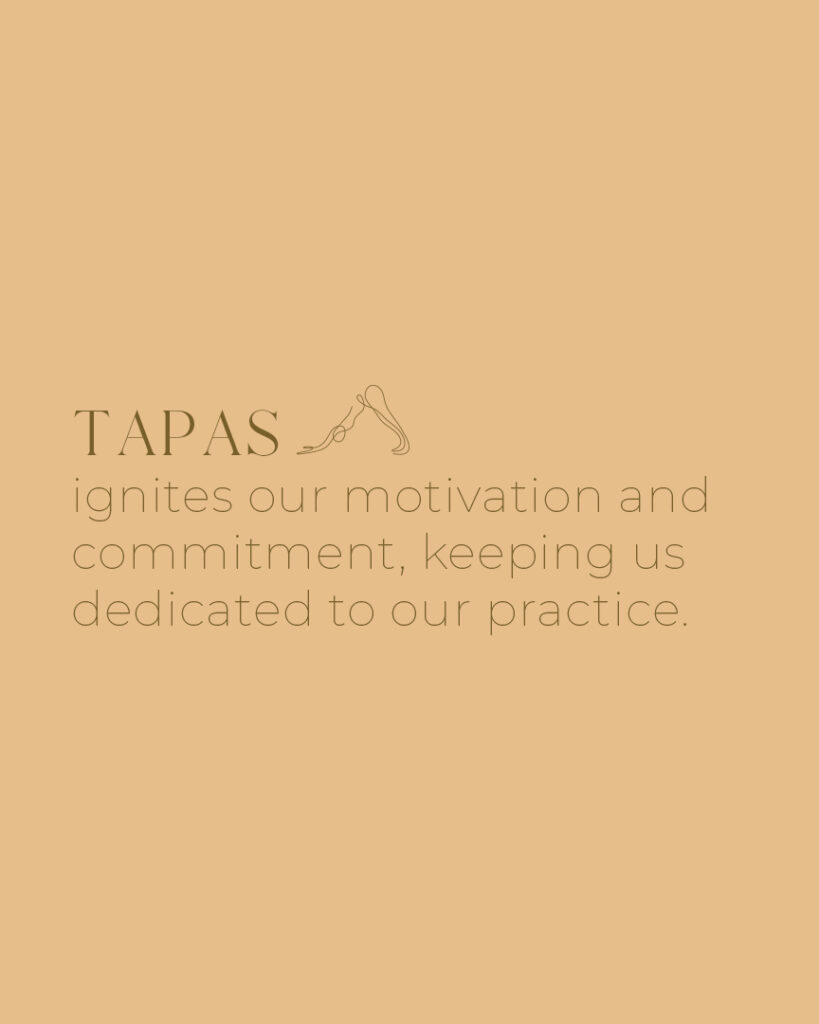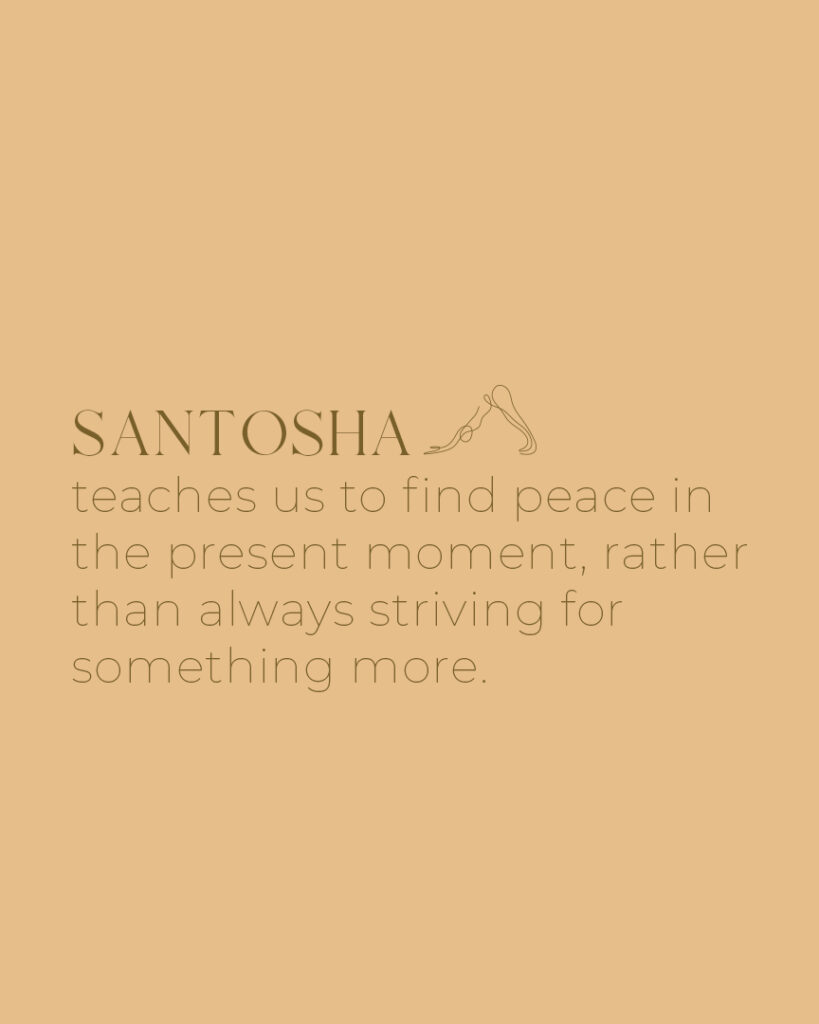As we explore the 8 Limbs of Yoga, we dive into the Niyamas. The Niyamas are our personal observances and there are 3 that I constantly seem to circle back to. Tapas, is the fiery discipline that fuels our practice – when we step onto the mat after a gruelling day or explore a pose or style out of comfort zone. The Sanskrit word Tapas can be translated as “heat” or “burning enthusiasm,” but it’s more than just physical effort – it’s the inner fire and passion that keeps us showing up, both on and off the mat.
Whilst traveling the Garden Route, I had the constant desire to step onto my mat. Tapas kept showing up, day in and day out. I then began to explore the idea of how Santosha (contentment) and Aparigraha (non-attachment or letting go), interweaves with these principles and how I seem to circle back to them.
The Balance of Effort and Acceptance
We often hear that yoga is a balance of effort and ease, sthira and sukha. The same applies to Tapas, Santosha and Aparigraha.
- Tapas ignites our motivation and commitment, keeping us dedicated to our practice.
- Santosha teaches us to find peace in the present moment, rather than always striving for something more.
- Aparigraha reminds us to let go of expectations, attachments and the need for control.
Together, they form a cycle: We cultivate the discipline to show up, we embrace contentment with where we are and we release attachment to a specific outcome.



Applying This On the Mat
Have you ever struggled with a challenging pose, feeling frustrated because your body just isn’t cooperating? A few weeks ago, I attended an online workshop where we focused on side crow, fallen angel and eka pada koundinyasana. I couldn’t get into any, my brain could not figure out how to swing my hips this way and that, shift my weight or even try balance for a second. I found myself getting upset, yet I stayed for the 2 hour workshop. This is where those three principles came into play.
- Tapas is the perseverance to keep practicing, even when a pose feels impossible. Side crow wasn’t happening. Even though I fell on my face about 10 times and almost left the Zoom call another 10, I stayed.
- Santosha is finding peace with where you are today, even if that means modifying or taking a step back. I had to realize that I trained too hard that week and my wrists just needed a break.
- Aparigraha is letting go of the need to “achieve” the pose and instead appreciating the journey. I came to the realization that it will come with time. Instead of demanding my body to deliver the results on the first attempt, I had to let go of that outcome. It may never happen and that is okay.
When we release the pressure to force an outcome, we create space for organic growth. Ironically, this surrender often leads to progress in ways we never expected. After coming to these realizations, I let my body rest. And while my side crow hasn’t come to say hello, I made immense progress in my handstands instead.
Off the Mat: A Life Practice
Beyond the physical practice, this philosophy extends into our daily life. The more I dive into the philosophy, the more I see it play out off the mat. How often do we push ourselves to meet goals, only to feel discontent even when we achieve them? Or holding on so tightly to what we know, instead of releasing? Tapas keeps us driven, but Santosha reminds us to enjoy the process and Aparigraha frees us from attachment. While I find myself embracing the former 2, Aparigraha seems to be the most challenging.
Whether it’s a career goal, a relationship, or a personal challenge, embracing this trio helps us move through life with more ease and trust. Learning to be content with the outcome – whatever it may look like – is one of the most valuable lessons yoga offers.
Final Thoughts
This dance between Tapas, Santosha, and Aparigraha is one of my favourite themes to explore and weave into my classes. It’s a reminder that yoga isn’t about perfection but about showing up, being present and letting go. And that this is a practice for a reason, as if we fall off, that’s okay. We pick up where we left off.
So next time you step onto your mat, ask yourself: Can I cultivate discipline while also embracing contentment and surrender? The beauty of yoga is that these lessons, once embodied, stay with us long after we roll up our mats.
What are your experiences with these principles? I’d love to hear how they show up in your practice and life!
